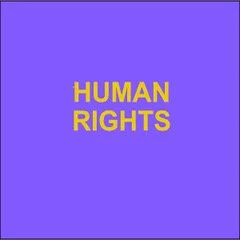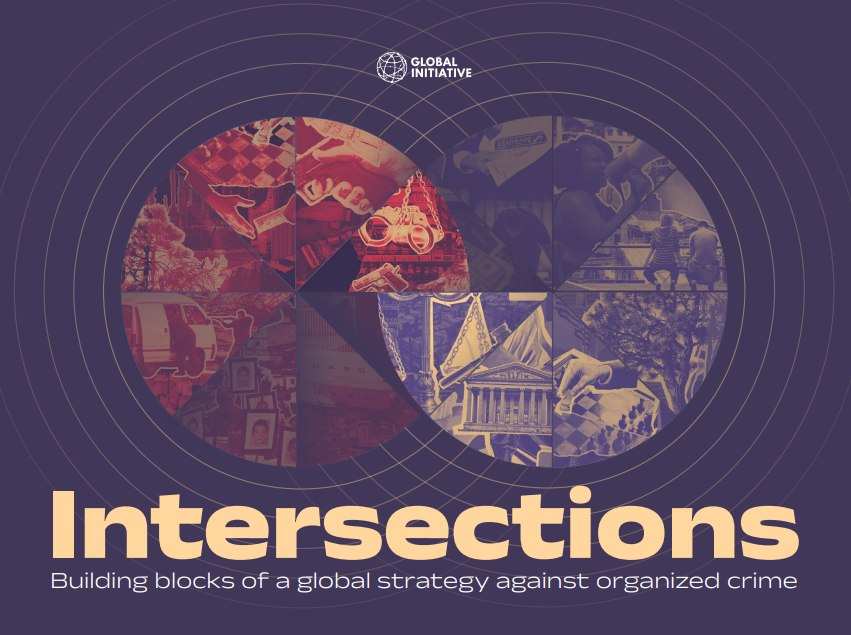By Benjamin Rooij
Over the last decades, some non-OECD countries such as Brazil, Indonesia, Colombia, Mexico, India and China have been rapidly industrializing. While this has had positive effects on economic growth, it has also caused pollution with severe effects . In response to the new pollution threat, most of the industrializing economies have installed pollution prevention and control regulations, and implementing institutions. In practice, however, the regulations often fail to achieve the desired results. This Research and Policy Note explains why the regulation of pollution in these countries is so difficult.
OA Open. Leiden: Leiden University Press, 2008.





















